Many health problems are found only after symptoms appear. But what if we could detect them much earlier? That’s where predictive analytics for disease detection is making a real impact.
Hospitals are now using predictive modelling for disease prevention to catch Alzheimer’s, heart disease, and cancer earlier than ever before. Routine labs, clinical histories, scans, and even wearable data are helping care teams act before conditions become critical. And it’s not just theory.
As per a report, 92% of healthcare leaders in Singapore reported already using or actively adopting predictive analytics, the highest rate globally. China followed at 79%, with Brazil and the U.S. at 66%, showing this shift is truly international.
Predictive analytics for disease detection isn’t the future. Predictive analytics for disease detection is already happening. Doctors are using these tools to make more informed decisions. Hospitals are reducing avoidable admissions and improving outcomes.
For healthcare leaders, it’s a practical way to improve care and reduce costs. The Perfect Example will be Predictive Analytics in Telemedicine. And For clinicians, it’s a smarter way to stay ahead of disease. In this blog, we’ll look at how early disease detection using predictive analytics is evolving, where predictive analytics for disease detection is already delivering results, and what steps decision-makers should take next.
How Early Disease Detection Using Predictive Analytics Is Transforming Healthcare.
Predictive analytics is revolutionising healthcare by enabling the early identification of disease risks through the analysis of diverse data sources. This proactive approach allows for timely interventions, improving patient outcomes and reducing healthcare costs.
Real-World Example That Predicts Acute Kidney Injury with AI
Alphabet’s DeepMind developed an AI system using predictive modelling for disease prevention. This system is capable of predicting acute kidney injury (AKI) up to 48 hours before it occurs. Trained on data from over 700,000 patients, the model achieved a 90% accuracy rate in predicting severe cases requiring dialysis. This early warning system allows clinicians to intervene sooner, potentially preventing the progression of AKI and improving patient outcomes.
Hypothetical Walkthrough: Predictive Analytics in Early Diagnosis of Type 2 Diabetes in a Mid-Size Hospital
Let’s explore a practical scenario demonstrating the impact of predictive analytics:
Patient Profile:
A 45-year-old male patient visits his primary care physician for a routine check-up. He has a family history of type 2 diabetes but no current symptoms.
Step 1: Data Collection
Patient’s electronic health record (EHR) includes:
- Medical history
- Laboratory test results
- Vital signs
- Lifestyle information (e.g., physical activity, diet)

Step 2: Risk Assessment
The hospital’s predictive analytics system analyses patient’s data, identifying patterns such as:
- Slightly elevated fasting glucose levels
- Increased body mass index (BMI)
- Sedentary lifestyle
The system calculates a 70% risk of developing type 2 diabetes within the next five years.

Step 3: Clinical Intervention
Alerted by the system, the patient’s physician:
- Orders an HbA1c test for further evaluation
- Refers Raj to a nutritionist
- Recommends a personalised exercise program
Step 4: Outcome Monitoring
Over the next year, the patient adopts lifestyle changes, resulting in:
- Weight loss
- Improved blood glucose levels
- Reduced risk of developing diabetes
That’s Exactly How Predictive Analytics Is Transforming Early Disease Detection in Healthcare
This walkthrough of a patient’s case shows how predictive analytics in healthcare goes beyond routine check-ups and turns passive records into life-saving insights. Instead of waiting for symptoms or complications, healthcare teams now act based on data-driven risk indicators. The system highlights what human intuition may overlook, such as subtle patterns in glucose levels, lifestyle habits, and long-term vitals, which together reveal a patient’s true health trajectory.
By using predictive analytics for disease detection, clinicians shift from reacting to preventing. They do not just treat disease; they anticipate it and intervene in time. That is the real value of predictive analytics in early detection. It gives healthcare providers the precision and lead time to improve outcomes before a formal diagnosis is ever required.
This approach is not limited to diabetes. Similar models are already being used to detect risks of cardiovascular conditions, chronic kidney disease, and even mental health disorders, all at earlier stages and with greater accuracy. The future of healthcare is not just digital. It is predictive, proactive, and preventive.
Strategic Value of Predictive Analytics for Healthcare Decision-Makers
Predictive analytics for disease detection is not just a clinical tool. It’s a strategic asset. For decision-makers, Predictive analytics offers a clear path to improve patient outcomes while reducing avoidable costs. Predictive analytics also helps optimise staffing, resources, and care delivery without adding more pressure on already stretched teams.
Take Sepsis as an example of early disease detection using predictive analytics. At Adventist Health Glendale, a predictive AI-powered tool flagged sepsis risk in emergency room patients using live data from vitals and labs. The clinical team received alerts before symptoms became critical.
The result: faster intervention, shorter response times, and a 17 % improvement in protocol compliance. Most importantly, ICU admissions dropped. So did mortality.
This is how predictive risk assessments translate into measurable impact. You reduce escalation, save beds, and lower costs. And you keep patients out of crisis.
From Readmission Reduction to Personalised Care Pathways
Predictive analytics for disease detection also help hospitals identify which patients could be readmitted within 30 days. Instead of reacting after discharge, care teams now know who needs follow-up, who requires social support, or who might need a medication review before going home. This reduces readmissions and improves continuity of care.
The value goes beyond acute care. ClosedLoop predictive AI, now used by several US-based health systems, enables risk scoring across chronic disease populations. Health plans use it to identify members at rising risk for diabetes complications or preventable hospital visits. This allows targeted outreach, lifestyle support, and earlier clinical intervention before patients become high-cost cases.
This is how organisations are moving toward personalised care pathways. Instead of treating all patients the same, models help flag individual risk levels, response probabilities, and ideal care strategies. Predictive analytics makes prevention scalable and precision care more practical.
Predictive analytics reduces the number of patients needing hospital stays or emergency care by catching diseases early. This leads to lower treatment costs and fewer complications. In value-based care models, these improvements directly translate into financial savings and higher incentive payouts for providers.
But strategy is not just about ROI. It’s also about leadership. Health systems that lead in predictive analytics will be the first to redesign care models around anticipation, not reaction. They will attract top clinical talent, earn payer trust, and deliver the kind of patient experience that keeps people loyal to their providers.
For decision-makers, now is the time to move beyond pilot programs. Build clinical workflows around predictive signals. Empower care teams to act early. And measure outcomes not just by saving costs but also by avoiding crises.
Want to know how patients get faster, more personalized care with data?
Discover how Predictive Models for Personalized Healthcare Treatment turn raw health data into smarter diagnoses, tailored treatments, and outcomes that truly matter.
AI-Augmented Imaging and Precision Screening
AI predictive analytics for disease prevention is enhancing imaging by improving accuracy and reducing missed diagnoses. In a large European trial, AI-assisted mammography increased early-stage breast cancer detection by 20 %. The AI-assisted mammography acted as a second reader and reduced false positives, helping radiologists focus on high-risk cases.
AI predictive analytics for disease prevention is also being applied to routine blood tests. A UK study used complete blood count data with machine learning to flag early cancer risk, including breast and colon cancer. Many of these patients were diagnosed months earlier than they would have been through standard care.
Some hospitals are now combining these tools. If a patient’s bloodwork shows elevated risk, they’re prioritised for imaging. This layered approach boosts efficiency without adding more scans system-wide.
Implementation requires alignment with clinical workflows. AI outputs must be integrated into PACS and radiology systems to avoid disruption. Radiologists need the training to understand model behaviour, accuracy, and limitations. Early adopters report faster diagnosis and improved detection. But success depends on seamless integration, ongoing validation, and clinical confidence.
For decision-makers, these tools are ready. The next step is embedding them into practice with the right support and governance.
Oncology: Advanced Multi-Cancer Early Detection (MCED)
Many high-mortality cancers are still diagnosed late. They lack routine screenings and present after symptoms when treatment is less effective.
Multi-Cancer Early Detection (MCED) tests are changing the late detection of cancers. These blood-based tests analyse cell-free DNA and use AI predictive analytics for disease prevention to detect cancer signals early.
GRAIL’s Galleri test, for example, screens for 50+ cancers from a single blood draw. In the PATHFINDER study, Galleri detected early-stage cancers like pancreatic and head and neck tumours in asymptomatic patients. This enabled faster diagnosis and earlier treatment.
Some health systems are already integrating Galleri into early disease detection using predictive analytics for high-risk populations. But the test is just the starting point. Hospitals must be ready to act on positive results.
Leading systems are building structured follow-up workflows. These involve coordinated imaging, oncology referrals, and dedicated diagnostic navigation. This ensures timely localisation, confirmation, and care planning.
MCED also requires provider training. Clinicians must know how to interpret results, manage uncertainty, and guide patients through the next steps. When implemented well, MCED supports earlier intervention, lower treatment complexity, and improved outcomes. It also reduces the cost burden of late-stage cancer care.
For oncology leaders, this is a chance to shift from reactive treatment to proactive detection. For healthcare executives, it’s time to evaluate where MCED fits within your broader screening and population health strategy.
Cardiovascular Disease: Predictive Insights Beyond Traditional Indicators
AI predictive analytics for disease prevention is uncovering cardiovascular risk from non-cardiac diagnostics. Breast arterial calcification seen on routine mammograms is now used to predict coronary disease.
One study showed AI could flag women at elevated cardiac risk, even without abnormal lipid profiles. This adds preventive value to existing screenings without extra tests. Hospitals using this approach can identify “at-risk” patients earlier and refer them for cardiac evaluation.
Wearables also provide valuable information. The Apple Watch, FDA-cleared for atrial fibrillation detection, has helped users identify AFib before symptoms appear. Early alerts have led to timely treatment and stroke prevention.
In acute care, predictive modelling for disease prevention is analysing real-time hospital data to anticipate cardiac events. Vitals, labs, and ECG trends are used to flag patients at risk for deterioration hours before it happens. Some hospitals have built these models into rapid response protocols. This has reduced ICU transfers and improved outcomes by catching the decline earlier.
AI tools now support cardiology across settings from imaging to remote monitoring and inpatient alerts. They turn passive data into actionable signals.
For clinicians, AI tools mean earlier diagnosis and intervention. For leaders, it’s a chance to embed predictive insights into workflows and prevent high-cost cardiac events before they occur.
Neurology: Detecting Neurodegenerative Diseases Early
AI is helping identify neurodegenerative diseases long before symptoms appear. In a report, researchers used machine learning on routine clinical records to predict Alzheimer’s disease in advance. The model analysed lab results, medications, and diagnoses. It doesn’t require imaging or genetic testing. This enabled earlier monitoring, lifestyle intervention, and planning.
Parkinson’s disease is also being detected earlier through blood-based biomarkers. A recent study identified an eight-protein signature that predicted Parkinson’s years before motor symptoms began. This has opened the door to screening “at-risk” individuals and referring them to neurology earlier.
Digital biomarkers are extending early disease detection using predictive analytics into daily life. Apps now analyse speech patterns, typing behaviour, and cognitive responses to spot early cognitive decline. For example, AI-based predictive modelling for disease prevention can detect changes in voice or movement patterns that suggest early dementia or Parkinsonian features. These signals often emerge years before diagnosis.

Several health systems are piloting smartphone-based assessments for patients with mild cognitive impairment. The goal is to monitor decline more continuously and intervene sooner. Data collected from these tools can guide decisions around neuro-psych evaluation, imaging, or therapy.
For neurologists, this means shifting from predictive analytics in early diagnosis based on symptoms to risk-based surveillance. For healthcare leaders, it means exploring how passive tools and AI models can support earlier referrals and reduce late-stage neurological burden.
These tools are not yet replacements for gold-standard diagnostics. But they are becoming reliable indicators that help teams act before irreversible damage occurs.
Infectious Disease Prediction: Public Health Surveillance and Hospital Prevention
Predictive analytics for disease detection is enhancing how health systems prepare for and respond to infectious disease threats.
At the public health level, platforms like BlueDot are already in use. BlueDot identified the spread of COVID-19 in Wuhan days before global alerts, using AI to analyse travel, climate, and case data. Early signals like this help governments and health agencies act faster, improving containment and response planning.
In hospitals, predictive analytics in early diagnosis of sepsis is advancing through predictive tools. Present-day AI models are merged with EHRs and analyse real-time vitals, labs, and notes to flag risk for sepsis. In practice, alerts have therefore enabled institutions like UCSF and Kaiser to speed up affordable delivery of antibiotics while also minimising ICU occupancy. In fact, outcomes are improved with reduced mortality rates.
Another critical use is resistance to antimicrobials. AI can track local labs and prescribe data to predict resistance trends. Hospitals have been using these for employing updates to their empiric therapy guidelines and for increasingly proactive stewardship initiatives. A few systems now include AMR projections in infection control dashboards. This enhances the speed of containment, precision of intervention, and clever use of resources.
These tools can help decision-makers more than just by providing insights. They lead to actions and can save vulnerable patients. They can also help prepare for the next outbreak.
Metabolic and Chronic Diseases: Personalized Risk Management
Chronic conditions like diabetes benefit greatly from predictive analytics. They evolve over time, and early intervention can significantly change outcomes.
In diabetes care, AI-powered devices are already in use.
Abbott’s Guardian Connect system predicts hypoglycemia up to an hour before onset. Patients receive real-time alerts, allowing them to adjust their insulin or food intake. Clinicians can also utilise this data to intervene remotely, thereby reducing emergency visits and enhancing screening.
The IDx-DR system uses AI to detect diabetic retinopathy from retinal images without needing a specialist. Primary care teams can screen more patients, refer earlier, and reduce preventable vision loss.
Predictive models are also identifying people at risk for Type 2 diabetes before clinical diagnosis. EHR data, lab trends, and demographics are analysed to flag prediabetic patients. These patients can then be enrolled in prevention programs or started on early treatment.
Some systems have integrated risk scores into routine workflows. When high-risk patients are flagged, providers are prompted to take action through labs, referrals, or lifestyle support. This turns broad population data into targeted, personalised care. It helps slow disease progression, improve outcomes, and reduce long-term costs.
For healthcare leaders, predictive tools in chronic care are not optional. They’re now essential for scaling preventive, value-based care.
The Rise of Digital Health Platforms and AI-Driven Clinical Decision Support
AI-powered decision support is becoming standard in clinical care. These tools help identify risk in real-time and guide timely interventions across settings. ClosedLoop AI enables healthcare organisations to build predictive models for use cases like readmission, chronic care, and population health. Health systems using the platform report better identification of high-risk patients and more focused care delivery.
EHR vendors like Epic and Cerner now offer built-in predictive modules for sepsis, readmission, and deterioration. These models generate alerts based on live clinical data during hospitalisation.
Effectiveness depends on integration. Alerts must fit into clinician workflows, avoid fatigue, and prompt clear actions. Co-designing with frontline teams and tuning thresholds are key to adoption. Adventist Health deployed the KATE sepsis alert, which triggered up to six hours before clinical signs. It led to faster antibiotic administration, fewer ICU transfers, and improved outcomes.
Success comes not just from the algorithm but from how it’s implemented. Clinical trust, training, and measurable protocols drive sustained impact.
For healthcare leaders, these systems offer a practical path to scale early intervention, reduce variability, and improve care performance.
Real-World Implementation Challenges and Solutions
Bringing predictive analytics into clinical practice comes with real challenges.
The prime is the quality of data. Such misclassification of risk happens when the models which are learnt through incomplete data are biased. An expansion is created in retrenchments made. At present, many systems are validating the AI output based on local populations in order to fine-tune performance and ensure fairness.
Workflow integration is another hurdle. Alerts must be timely, relevant, and actionable. Poorly tuned systems create noise and fatigue. Clinician involvement in designing, testing, and refining alerts is essential. It improves adoption and ensures meaningful use.
Most of all, it has ethical considerations. Predictive tools depend on sensitive data from such patients. Communicating with clear consent and transparency about how predictions are used increases public trust. Equity will probably also monitor its progress to ensure that there is no harm in either access and the possibility of intentional or unintentional damage in prediction.
On the regulatory front, it would also require conformance to the FDA as well as to the EU regulations. This involves the validation, monitoring as well as the management of model updates over time. A strong compliance culture is an absolute requirement in every organisation, given the dynamic nature of the rules in the compliance arena.
The predictive model’s success in the end is through more than just the algorithm; it requires good data governance, clinician engagement, and operational readiness. When all of these align, the predictive analytics will greenlight value at scale for the long run.
Want to see how data fights fraud and streamlines claims in health insurance?
Read our expert blog on Predictive Analytics in Health Insurance to explore real-world strategies insurers use to cut costs and improve patient care.
Future Trends Healthcare Leaders Should Monitor
Predictive analytics for disease detection is evolving fast. Healthcare leaders must invest in Healthcare Predictive Analytics Consulting to understand where the technology is heading and stay ahead of the curve.
Multimodal and multi-omics data integration is raising prediction accuracy. Combining EHR, genomics, imaging, and behaviour data allows for more personalised risk models. Cancer centres are already using polygenic risk scores with routine screening to refine care strategies.

Explainable AI is becoming essential. Clinicians want to know why a model flagged a patient. New tools are making AI outputs easier to interpret, improving trust and actionability.
Automation is also accelerating. AutoML and low-code platforms now allow internal teams to build and update models with less external support. This supports real-time learning and model refinement at the point of care.
Federated learning is improving model training without data sharing. By training on decentralised datasets, health systems can build more generalisable models while protecting privacy. Initiatives such as Bridge2AI and GAIA-X are leading the way.
Ultimately, we are seeing a change in success criteria. Predictive tools are now evaluated against health outcomes, with fewer readmissions, better diagnoses, and verified ROIs for their use. Healthcare leadership should invest in platforms built by a trusted Healthcare App Development Company that promote transparency, system integration, and measurable results. What we need next isn’t just more models, but real impact at scale.
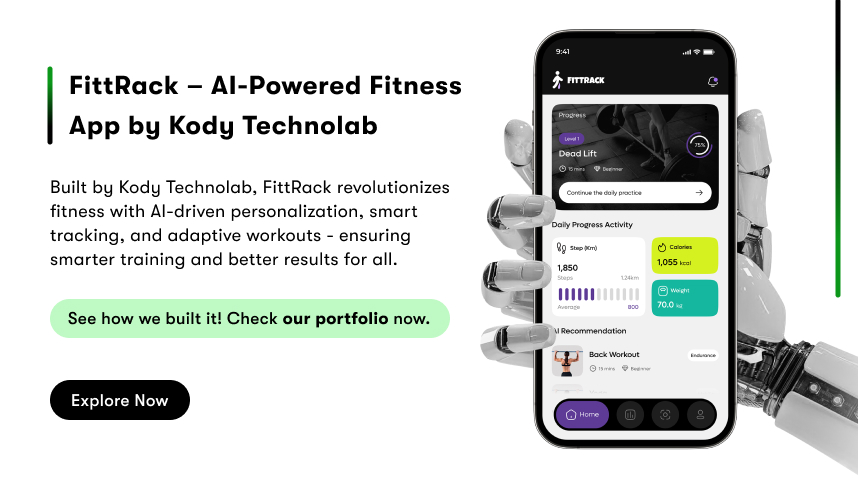
Conclusion: Why Predictive Analytics for Disease Detection Matters More Than Ever
Early disease detection is becoming smarter with predictive analytics. From spotting risks before symptoms appear to guide faster clinical action, the benefits are already visible. But to make it work at scale, healthcare leaders need a clear plan. This is where Kody Technolab steps in. We provide both the Healthcare Software Development and expert services to help hospitals and health systems implement predictive analytics the right way. Start with one focused use case like sepsis alerts, chronic condition risks, or readmission prediction. Use trusted data, involve clinicians early, and design alerts that fit real workflows. Simplicity and trust are key.
With Kody Technolab, you can turn AI-driven insights into everyday impact. We help your teams act with confidence, refine models for equity, and focus on actual results, that is, fewer admissions and healthier outcomes. Predictive analytics in healthcare isn’t a future idea. It’s a present-day priority. And with the right approach, it becomes a powerful tool for saving lives.

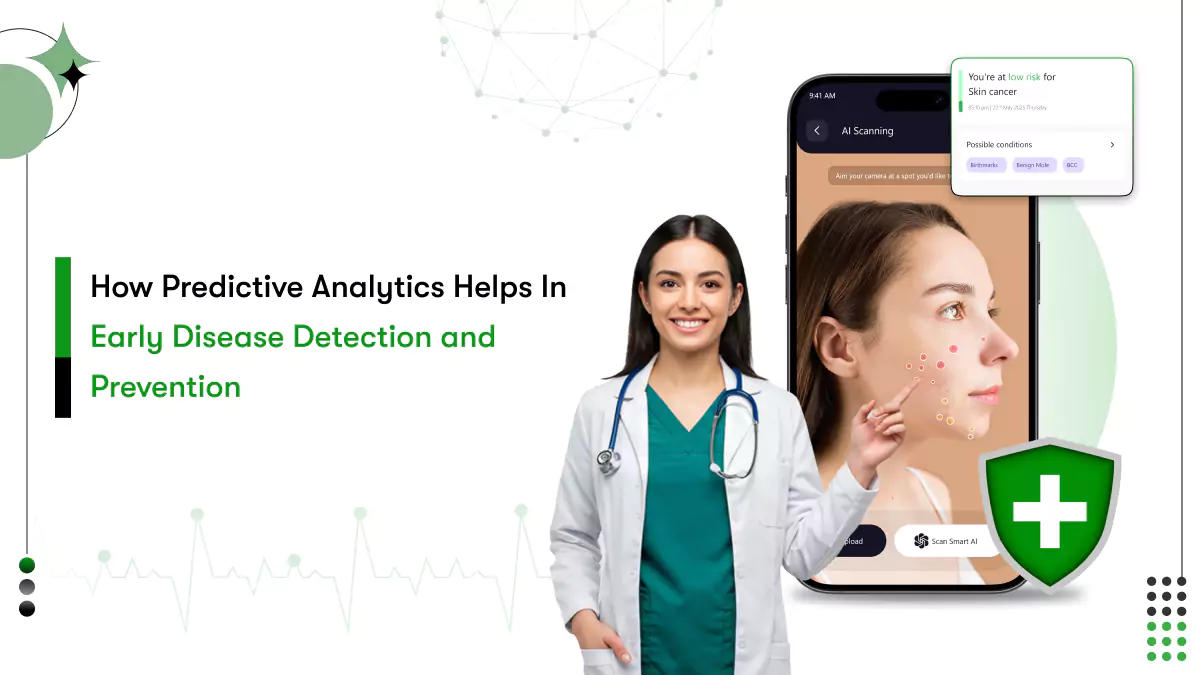
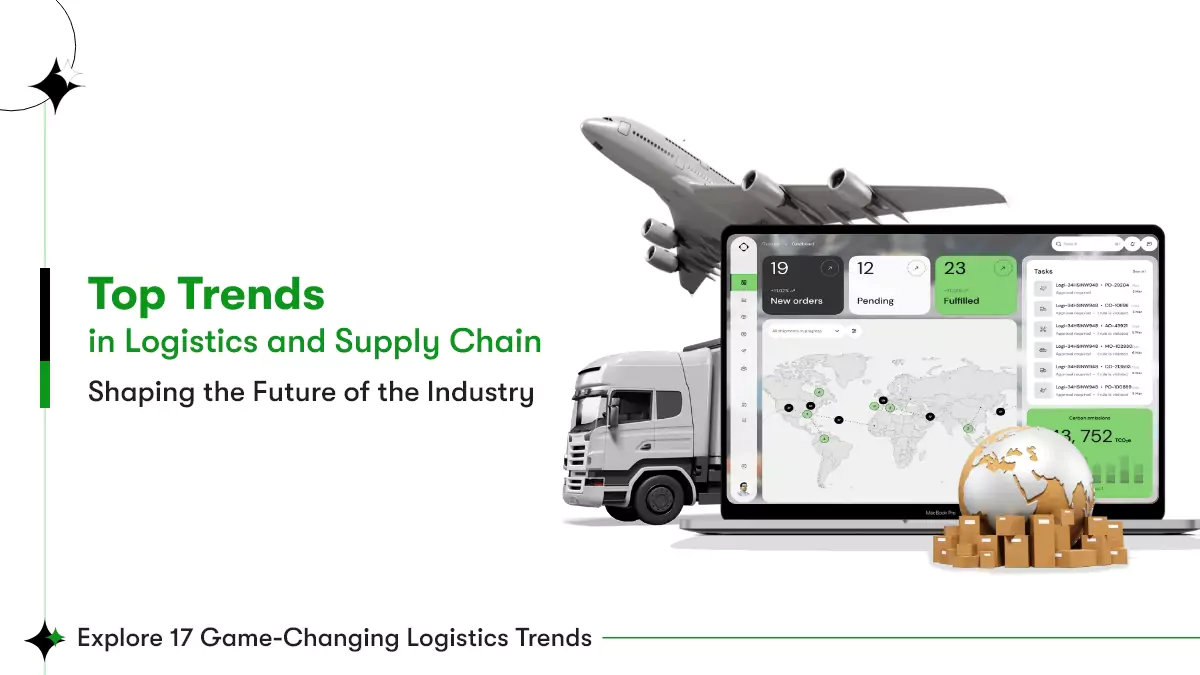
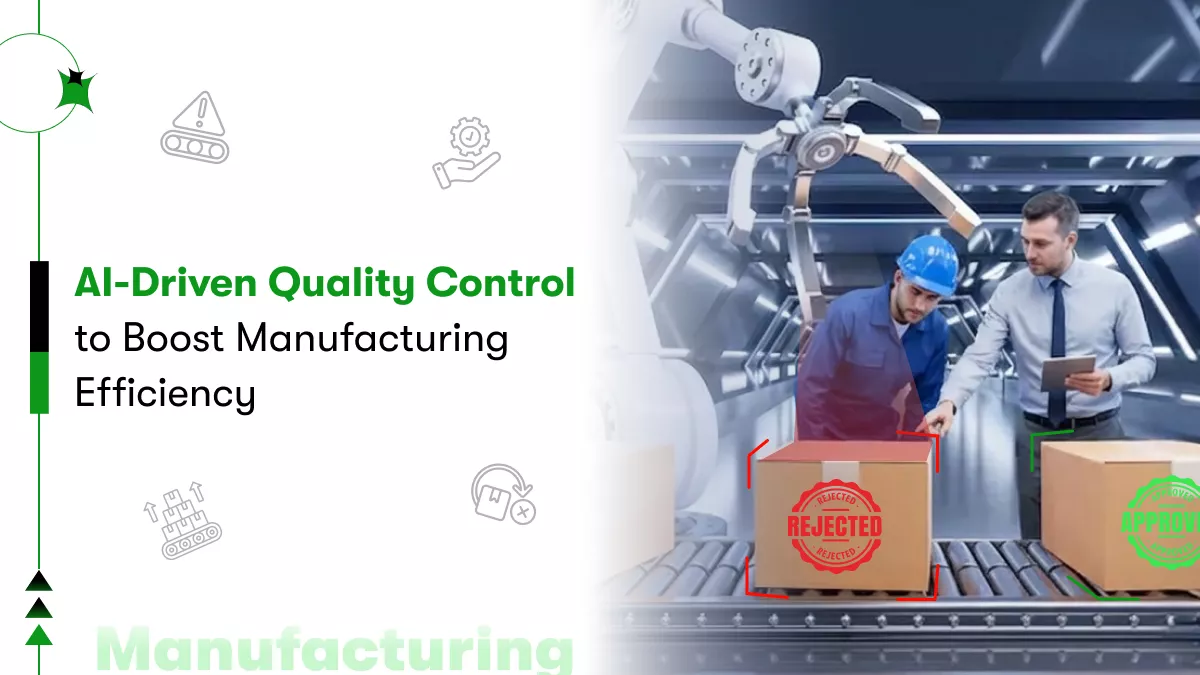
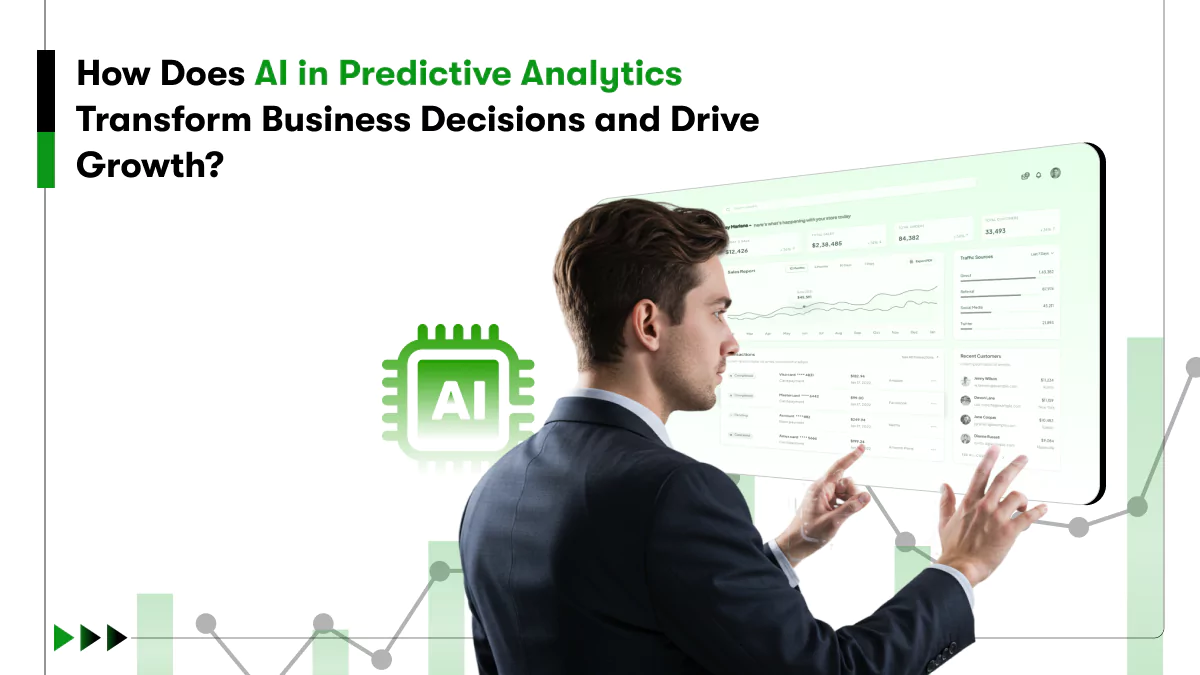
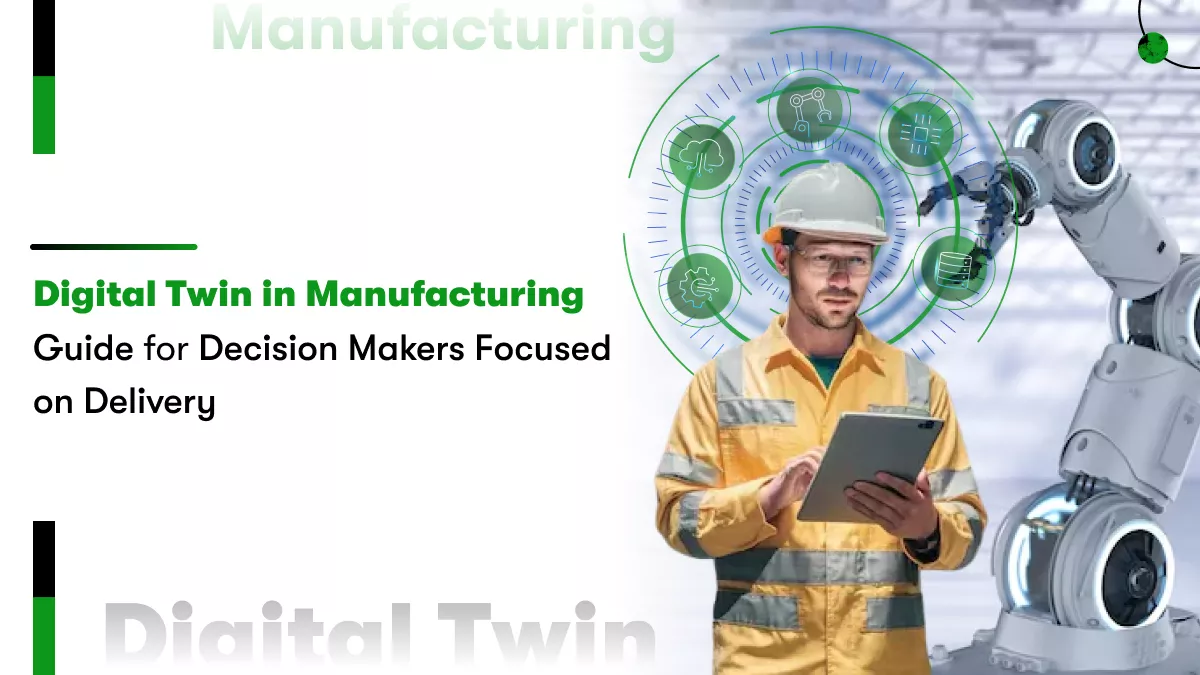
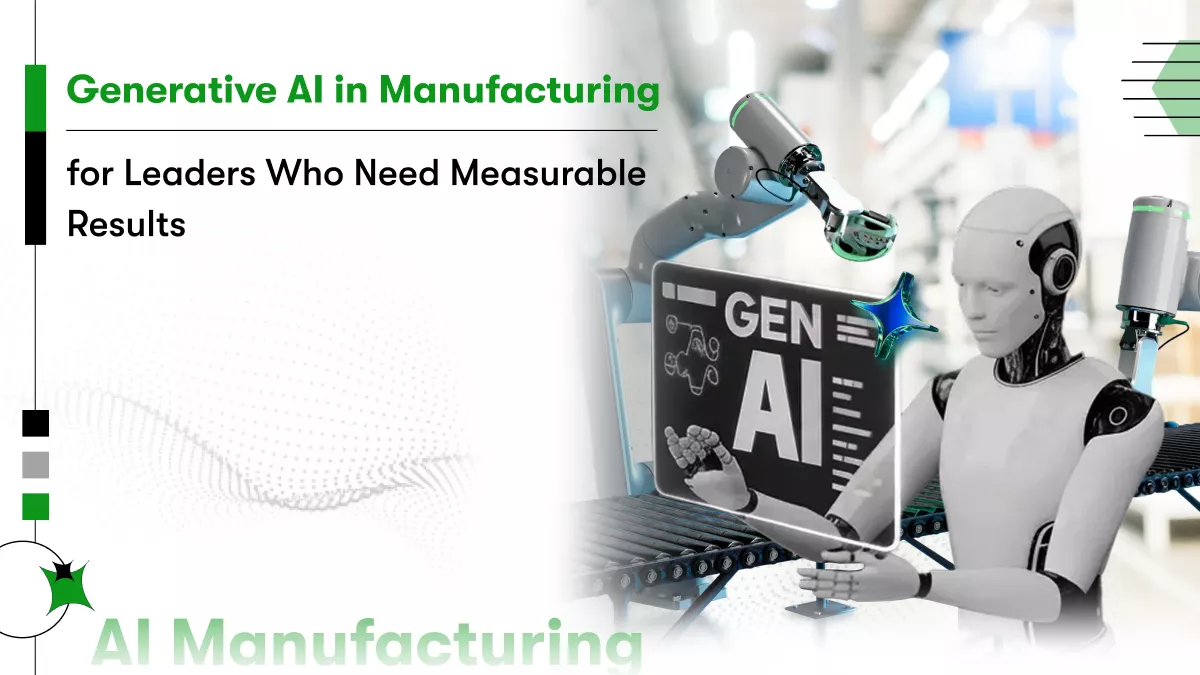






 Contact Information
Contact Information